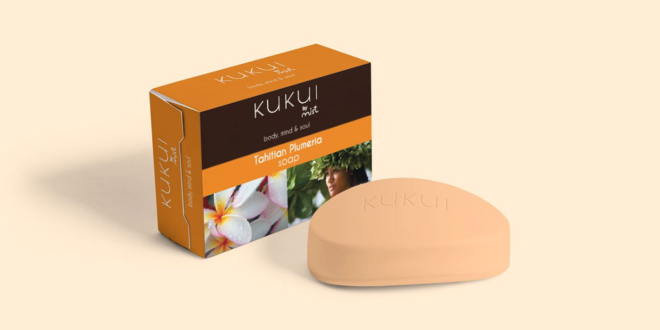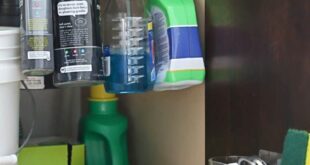Making a bar of soap at home is a good activity. You can get started by following a professional guide which we have brought for you today. Making a bar of soap is not a highly complex process, but you can make it complicated if you like. If the soap turns out to be good, you can gift them to your loved ones in custom soap boxes.
The basics of soap making
The best thing about making a bar of soap at home is that you can add ingredients that you like and make adjustments on color, scents, moisturizers, oils as you like. Most recipes require a weight machine to weigh the amount of product that will be added to the mixture. But in this guide, the process will be easier because another way is to convert the ingredients to cups and portions. It is much easier, and you get the results instantly.
Lye in homemade soaps
You read above that you can make changes in ingredients according to your preference, but the one thing you can’t change even a bit is lye in crystal form. Don’t find a substitute for lye, or don’t use lye in liquid form because there can be a difference in crystal and liquid weight. Lye is a mighty element that can cause holes in the fabric and cause burns to your skin if you don’t take the necessary precautions. While working with lye, make sure that you have a mask, gloves, and eye protection.
Equipment
The most important thing you will need is the necessary equipment and don’t use the equipment that will be used for cooking afterward. The equipment you will need is:
- A bowl (tempered glass or stainless steel)
- A spoon (silicon)
- Any kind of molds
- An old towel
- A quart canning jar
- Newspaper and a thermometer
Herbs, oils, colors and other items
These materials totally depend on your preference because you know your skin type and your taste in scent and colors. But if you ask us, then the recommended herb is lavender (1/4 cups of a dried plant). As for the oil, these oils are obtained from seeds and roots of plants. Usually, 15 to 20 drops are good enough to give a nice scent to your soap. Colors depend totally on you and your preference. If you need brown soap, use cocoa powder, turmeric for yellow soap. The other essential part of this mixture is dry milk, oatmeal, aloe vera gel, salt, coffee and any other thing you like. These products will play the role of a moisturizing agent in your soap.
Ingredients
- 2/3 cup of coconut oil to make good lather
- 2/3 cup of olive oil to make the soap hard
- 2/3 cup of almond oil
- ¼ cup lye (crystal form)
- ¾ cup of purified water
The real process
Now that you have everything ready, it is time to start the primary process of making soap.
- Step 1:
Cover your working area with newspaper and cover your hand, eyes, and mouth with gloves, glasses, and mask, respectively. Ensure the lye quantity is right, and then start adding lye into the water slowly and keep stirring while adding the lye. Keep stirring until the water is clear from any particle.
- Step 2:
Add all three oils into the jar and heat them in an oven for about a minute. Ensure that the temperature is 120 degrees; meanwhile, the lye mixture will also calm down to about 120 degrees. Wait for them both to come down to a temperature between 95 to 105 degrees. This step is essential, or otherwise, the soap will be crumbly.
- Step 3:
When the temperature is right, you can put both the solutions in a bowl and use a blender to stir them for 5 minutes. When you notice that mixture looks like vanilla pudding, then you are good to go.
- Step 4:
Add the herbs and other products to the mixture you have made. Cover it with plastic wrap to keep residual heat for the start of saponification.
- Step 5:
Let it sit for 24 hours when the soap is cold. Use a knife and cut into your desired shapes and then allow the soap to cure for four weeks. Keep changing the sides once a weak to expose all the sides to air.
- Step 6:
This brings us to our last step. When your soap is completed, wrap the soap in a wax wrapper or an airtight container to protect it from moisture. Homemade soap creates its own glycerin, and leaving it open will attract dust with moisture.
 HammBurg Be informed with latest news, reviews, entertainment, lifestyle tips, and much more.
HammBurg Be informed with latest news, reviews, entertainment, lifestyle tips, and much more.




